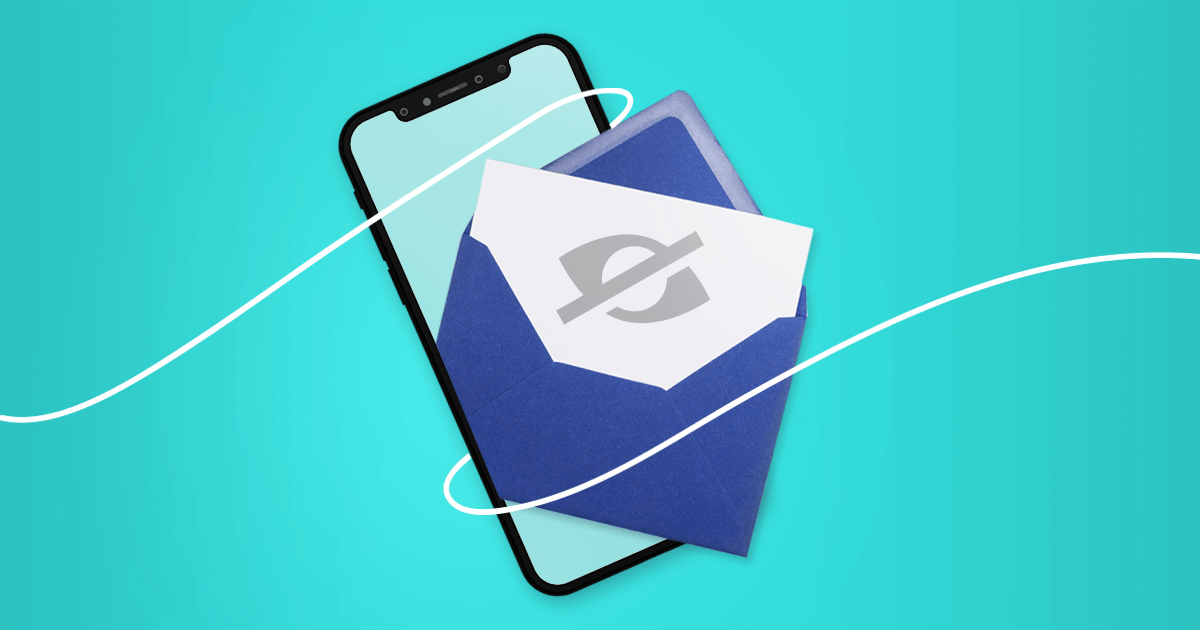Emily Benson
Email marketing specialist
With the launch of Apple’s iOS 15 this fall, users will be given the choice to “Protect Mail Activity.” If a user selects this option, their email will be routed through an external relay prior to hitting their inbox. This relay will mask IP location data and trigger any “hidden” tracking pixels. This means that it will appear any user who receives email through this process has opened the email when, in reality, it has only hit their inbox. This affects open rates, send time optimization, location-based dynamic content, countdown timers (which are usually triggered on opens), A/B testing, and more.
Open rates will be inflated. It will look like anyone who received your email through the native iOS 15 mail app has opened it, whether they did or not, if they’ve chosen “Protect Mail Activity.” This includes not just Apple Mail, but any email client routed through the native app. For example, if someone has set up their Gmail to run through the native mail app, this change will affect how those opens appear. However, other apps (like the separate Gmail app) will remain unaffected, even on a device with the iOS 15 upgrade. The location information is also similarly affected (hidden on the native app, not on separate apps)

























